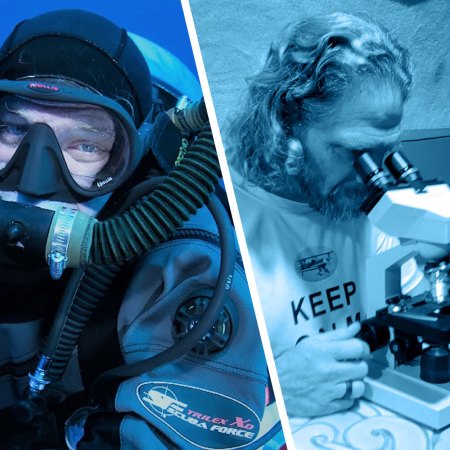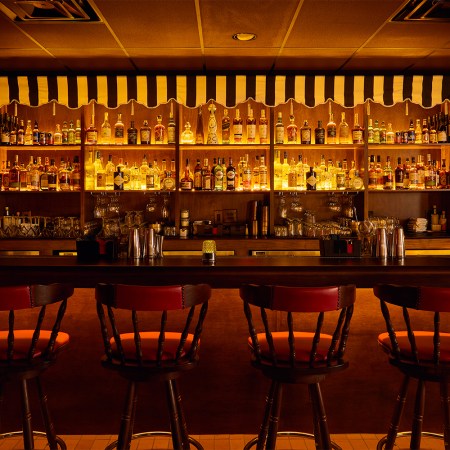As a resident of Florida for over 20 years, I’ve traveled extensively throughout the state, making several visits to St. Augustine. While I was familiar with the city’s Spanish colonial history that dates back to 1565, until recently, I wasn’t aware of the city’s Black history and its ties to the civil rights movement.
“St. Augustine’s Black history is starting to gain momentum with people starting to tell these stories,” said Gayle Phillips, executive director of the Lincolnville Museum and Cultural Center. “Part of it was that there was a lot of suppression of the civil rights movement here by the local community because I think they were in part embarrassed by it. Now we’ve arrived at a point where everybody wants to tell the story.”
St. Augustine is home to some of the oldest buildings and fortresses in the country, but it’s also the location of Lincolnville, a town that was settled in 1866 by newly freed African-Americans after the Civil War. For over 100 years, the all-Black neighborhood, dubbed “Little Africa” by outsiders, was filled with Black-owned businesses, churches and schools; Washington Street, the town’s main thoroughfare, was an entertainment destination, with stars like Ray Charles and Little Richard making visits. Lincolnville also played a crucial role in the passage of the Civil Rights Act of 1964, a fact that few people outside of St. Augustine are aware of.

“Dr. King set up an office in Lincolnville and the aim was to get the civil rights bill passed in 1964,” says Gwen Duncan, curator of the ACCORD Civil Rights Museum, the first institution of its kind in Florida. “The attention that was garnered here helped pass that civil rights bill, and had it not been for St. Augustine, I don’t think it would have passed.”
St. Augustine was targeted by civil rights leaders to stage sit-ins and wade-ins because of the town’s reliance on tourism, and leaders knew that arrests could lead to high-profile coverage and national headlines. Dr. Robert Hayling was the head of the Southern Christian Leadership Conference in St. Augustine, and in September 1963, in retaliation for his public demonstrations against segregated facilities, Hayling and two others were brutally beaten by the Klu Klux Klan. Shortly after, he reached out to Dr. Martin Luther King Jr. for help. Hayling’s dental office, where the ACCORD Civil Rights Museum is currently housed, eventually served as a meeting location for King and other civil rights leaders.
“St. Augustine made their money primarily from tourists,” says Duncan. “After Dr. Hayling wrote to Dr. King and convinced him of what was happening here, Dr. King knew he could get publicity. And that’s what they needed — publicity to show the evil and hatred that was going on. St. Augustine lost a lot of money, and it brought a lot of attention to this little place.”
One particular incident at the Monson Motor Lodge was a catalyst for the passing of the Civil Rights Act. On June 18, 1964, a group of swimmers, both Black and white, entered the “whites-only” pool, and with cameras flashing, the motel’s manager Jimmy Brock dumped a bottle of muriatic acid in the pool in an attempt to vacate the protestors. The result was a shocking photo that was seen across the nation. The following day, the Civil Rights Act was passed in the U.S. Senate and signed into law on July 2, 1964, by President Lyndon B. Johnson.
“Florida had some of the worst incidents of racism and discrimination in the South,” Duncan says. “There’s testimony from some of the demonstrators of the brutality here which was worse than Mississippi and Alabama. Dr. King decided to bring his non-violent army here to bring attention to the ills of segregation in the United States, which was ultimately successful.”
Lenny Foster, a St. Augustine-based photographer and owner of Gallery One Forty Four says that when he relocated from New Mexico, he first learned of the city’s Black history while riding his bike and stumbling upon the ACCORD Freedom Trail, a series of markers that designate important Black history sites. He was blown away by what he read and realized the importance of Lincolnville’s contribution to U.S. history.
A Gripping Portrait of the Black Power Movement Comes to Houston’s Museum of Fine Arts
A new exhibition shows activist Stokely Carmichael through the lens of photographer Gordon Parks“It became apparent once I moved into Lincolnville that my purpose was to help tell these stories,” he says. “There were a lot of people that didn’t want these stories told — both Black and white.”
Today Foster captures St. Augustine’s Black history through his stunning photographs. In one series in particular, “Where We Stand,” Foster takes shoes and positions them in historic sites around the city, telling the courageous stories of those who lived at the time. In one photo, titled “The Swim In,” several pairs of shoes are shown on the edge of a pool, a tribute to those who bravely risked their lives and safety at the Monson Motor Lodge.
“St. Augustine was known as one of the most violent cities in America — and one of the most segregated — Martin Luther King Jr. came several times and there were multiple protests, sit-ins at the Woolworth counter, swim-ins at the Monson Motor Lodge, wade-ins at the beach,” he explains. “A lot of that activity was met with violent opposition, and the footage that was taken and shared throughout the country really helped make a shift in the civil rights movement.”
Many visitors have traveled to St. Augustine seeking the nation’s oldest city (it dates back to 1565), but its Black history is now getting the platform it deserves. You can start with a visit to the Lincolnville Museum and Cultural Center, which includes several exhibits that show Lincolnville in its heyday, along with exhibits that feature the many civil rights heroes who lived locally. Then head to the ACCORD Civil Rights Museum, which has thousands of original documents from the civil rights era, including Martin Luther King Jr.’s fingerprinted jail card. And finally, visitors can explore the ACCORD Freedom Trail, which includes over 30 historic homes, churches and protest sites around St. Augustine.
“Lincolnville is one of the most historic townships in the country,” Foster says. “It was one of the first townships for freed African-Americans, and there’s also a cultural renaissance happening right now because these important stories are finally being made known.”
For more travel news, tips and inspo, sign up for InsideHook's weekly travel newsletter, The Journey.























